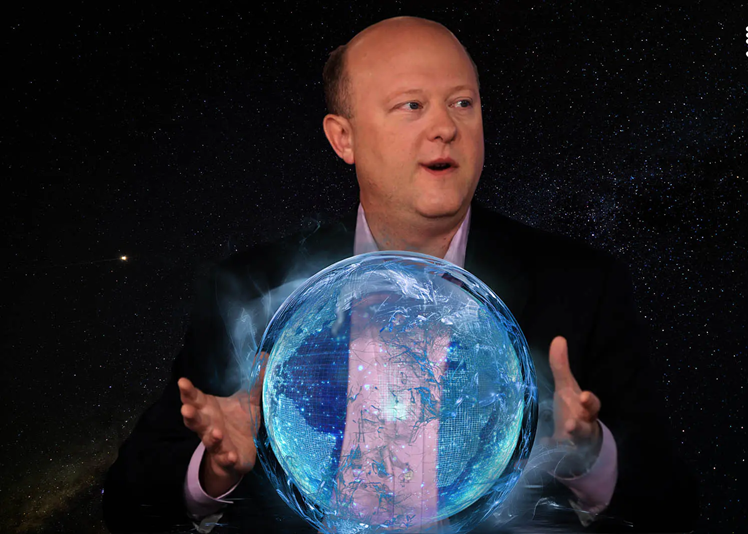Circle Pushes to Legalize USDC, EURC as Official Currencies in the EU

Circle CEO Jeremy Allaire is pushing to expand the use of USD Coin (USDC) and Euro Coin (EURC) in Europe, taking advantage of favorable regulations from the European Union’s Markets in Crypto Assets (MiCA) Regulation. The MiCA regulations create a strict but favorable legal framework for stablecoin issuers, bringing Circle closer to legalizing USDC and EURC as official currencies in the region.
MiCA Expands Opportunities for USDC and EURC
MiCA, which came into effect in June, mandates strict compliance standards for stablecoin issuers to bring stability and transparency to the cryptocurrency market. Stablecoins like Circle’s USDC and EURC, which are fully compliant, are now in a better position to gain widespread adoption across the region.
These stablecoins, including fiat, commodity, or algorithmic ones, provide price stability and act as a secure medium of exchange for users. As regulations mature, stablecoins are becoming more legitimate and widely accepted as a mainstream means of payment.
Circle Expands Its Influence in the EU
MiCA provides a clear regulatory framework for stablecoin issuers operating in Europe. Recognizing this opportunity, Jeremy Allaire is actively promoting the use of USDC and EURC as compliant and legally enforceable cryptocurrencies in the region.
Allaire noted that EURC’s market capitalization has increased by 70% since MiCA came into effect. At the same time, USDC remains the leading US dollar stablecoin in Europe, with a market capitalization that has increased from $25 billion to $35.8 billion since the beginning of 2024.
While EURC struggled in early 2024, with its market cap falling from $57.4 million to a low of $35.1 million in July, it has since rebounded strongly and is now at $62.88 million, thanks to the positive impact of MiCA regulation.
MiCA sets standards for stablecoins
MiCA aims to enhance investor protection and ensure stability by requiring stablecoin issuers to meet strict criteria before being allowed to issue. The requirements include maintaining adequate reserves, clear fund segregation, proper custodianship arrangements, and regular reporting.
A key provision in MiCA is that major stablecoin issuers must hold at least 60% of their reserves in cash at commercial banks. However, Tether CEO Paolo Ardoino has criticized the regulation, arguing that holding large reserves in cash could increase the risk of bank failures. Ardoino suggests that holding 100% of its reserves in treasury bills would be safer.
Unable to convince EU regulators, Tether is currently not compliant with MiCA requirements. This has resulted in USDT, despite being the world’s largest stablecoin, being restricted from use on many European exchanges, opening the door for Circle’s USDC and EURC to dominate the stablecoin market in the region.
Tether continues to grow
Despite not being MiCA compliant, USDT has grown strongly, with $8 billion added to its market capitalization since the regulations came into effect. This shows that EU compliance is not the only determining factor in the growth of stablecoins globally.
Opportunities for Circle in Europe
However, USDC and EURC’s regulatory compliance could attract the interest of European financial institutions and businesses. MiCA regulations have banned algorithmic stablecoins, allowing compliant stablecoins like USDC and EURC to expand their presence in the market.
Why this matters
Circle’s push to legalize USDC and EURC in Europe could change the way digital payments are processed in the region, creating an opportunity for stablecoins to become a popular means of payment for everyday transactions. With a clear and compliant regulatory framework, Circle could solidify its position in the European market and become a leader in the stablecoin space.
